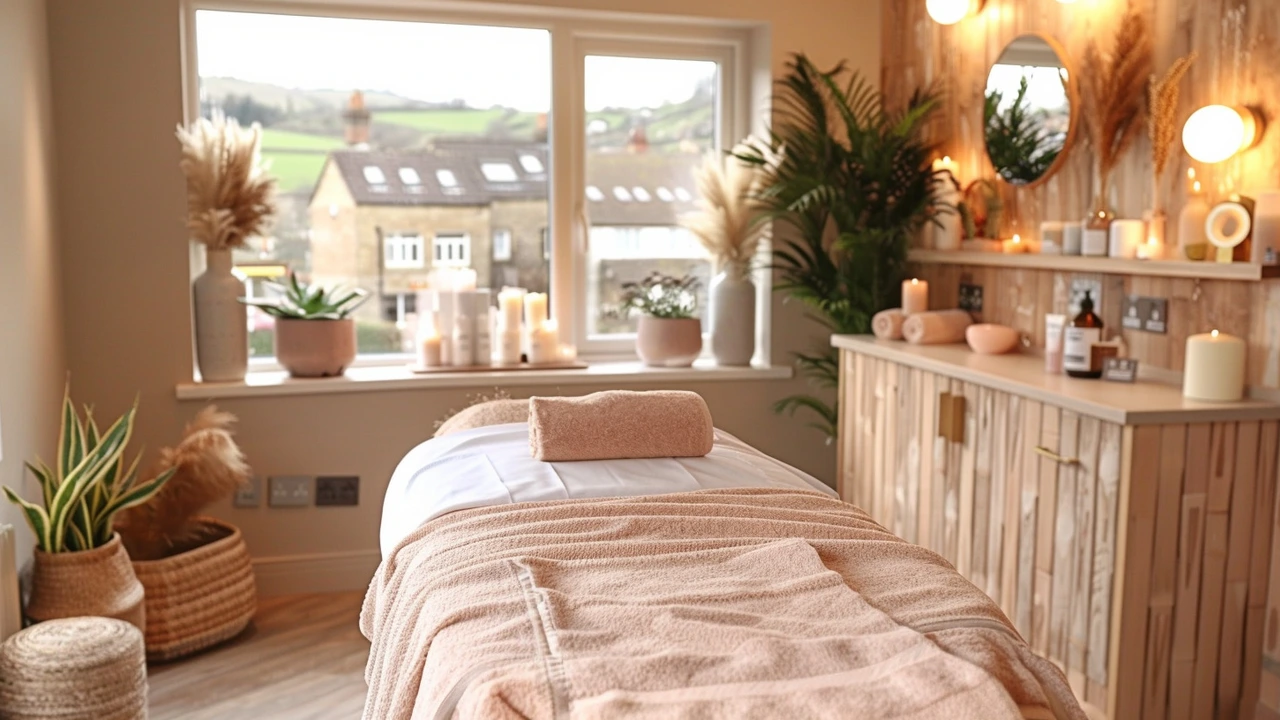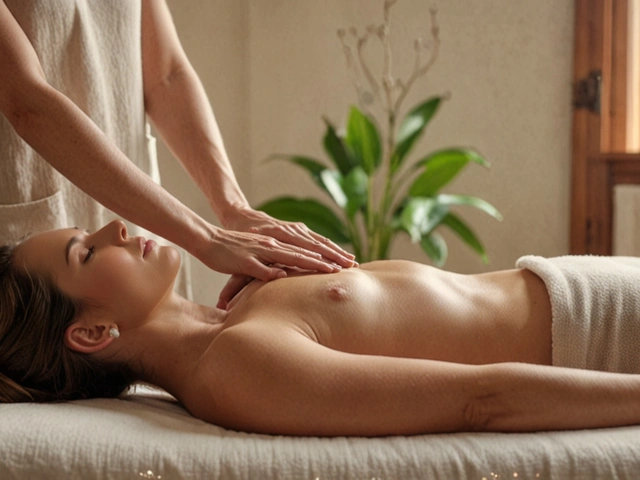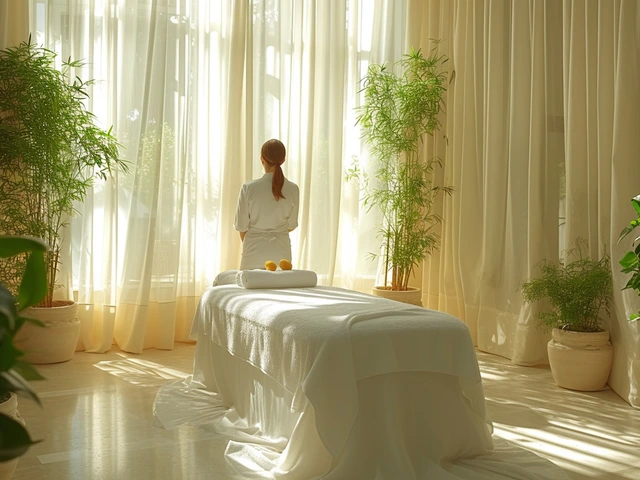Bamboo Massage Benefits: Why Heated Bamboo Tools Work
Bamboo massage benefits are easy to notice: deeper pressure, less strain on the therapist, and faster release of tight muscles. This style uses smooth bamboo sticks of different lengths and thicknesses. Therapists warm them, then roll, press, and glide the bamboo across muscle groups. The bamboo acts like a firm hand that stays steady, so therapists can deliver longer, consistent pressure without wearing out.
You feel a steady, warming pressure that reaches deeper than a basic hands-only massage. That makes bamboo massage useful for sore, overworked muscles after intense workouts or long days at a desk. Athletes and weekend warriors often report faster recovery and less stiffness when bamboo tools are added to a regular routine. For people who hold tension in the neck, shoulders, and lower back, bamboo reaches broad areas quickly and smooths knots efficiently.
Therapists like bamboo because it reduces thumb and wrist strain. Instead of pushing with fingers all day, they use the stick to leverage pressure. That means better technique and often longer sessions with less pain for the practitioner. For clients, it can mean a more even treatment where pressure stays steady and predictable.
How a session usually goes: your therapist inspects tight areas, warms the bamboo, and chooses the right size for each muscle. They apply oil or lotion, then use long strokes and focused rolls. Hot bamboo adds a pleasant warmth that increases circulation and helps muscles relax. Expect deeper pressure than a gentle Swedish massage but not necessarily more pain. Good therapists check in and adjust intensity.
Safety matters. Avoid bamboo massage if you have open wounds, skin infections, deep vein thrombosis, or recent fractures. Tell the therapist if you are pregnant, on blood thinners, or have cancer. If you have sensitive skin, ask for lighter pressure or a hands-only approach. A professional therapist knows how to adapt tools and techniques to your needs.
You can try a lighter version at home. Small bamboo sticks or even rolling pins provide similar glide when combined with oil. Warm the tool slightly under warm water, not too hot, and always test temperature on your forearm. Keep sessions short at first—ten to fifteen minutes on one area—and watch how your muscles respond.
Aftercare improves results. Drink water, move gently, and avoid intense exercise for the rest of the day. Use a warm shower or gentle stretching to keep circulation flowing. If you feel soreness, apply ice briefly and rest.
Bamboo massage benefits are real for people who want deeper work without extra discomfort for the therapist. It’s practical for athletes, office workers, and anyone who carries chronic tension. If you’re curious, book one session with a licensed therapist who explains the tools, checks contraindications, and tailors pressure to you.
Who benefits most
People with chronic knots, regular exercisers, and office workers often see the biggest gains. Sessions usually run 30 to 90 minutes. Ask about heated bamboo and choose a therapist trained to protect sensitive areas, modify pressure, and explain aftercare before you start.

Exploring the Benefits of Creole Bamboo Massage: A Relaxation Technique
Dive into the soothing world of Creole bamboo massage, a distinctive relaxation technique that combines traditional healing practices with modern therapeutic approaches. This article elaborates on how this unique massage form leverages the natural properties of bamboo to alleviate stress, improve circulation, and enhance overall wellbeing. Readers will learn about the science behind bamboo massage, its benefits, and tips on how to incorporate this therapeutic practice into their wellness routine.

Ancient Thai Bodywork: A Timeless Healing Art
Jun, 27 2024

Healthy Diet: Boost Your Immunity Naturally
Feb, 7 2025


